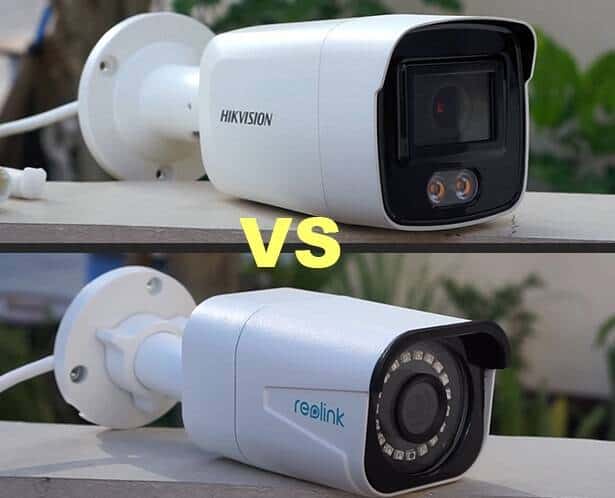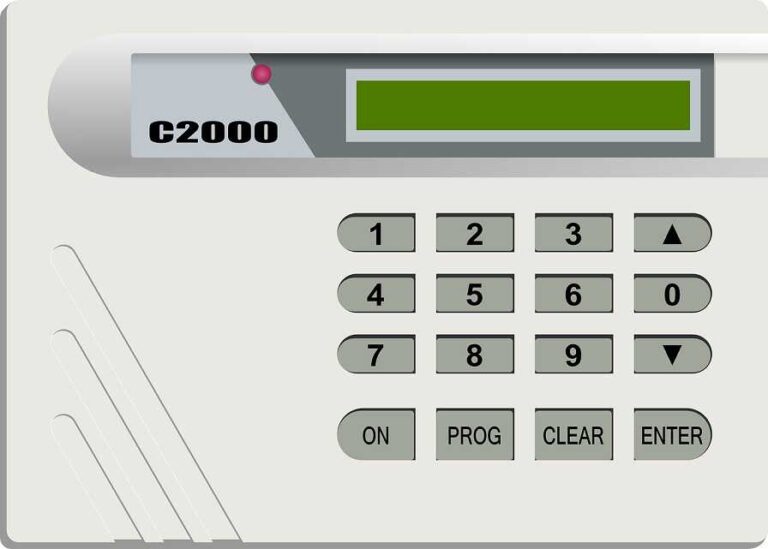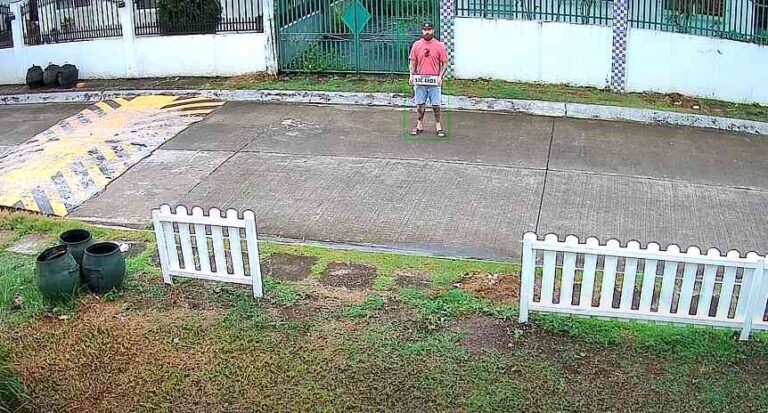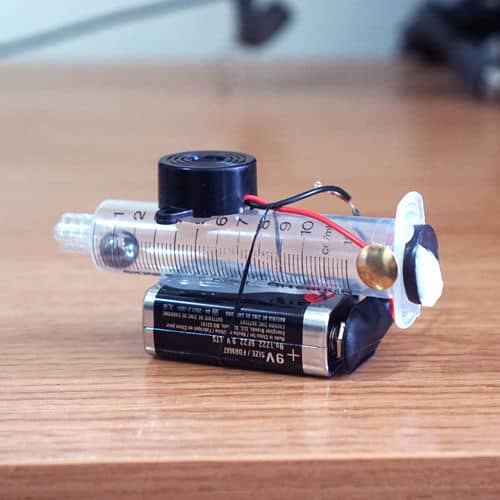Optimizing Password Protection in Surveillance Systems
Securing your surveillance systems is paramount. The bedrock of your surveillance system’s protection is stringent password practices. Here’s a concise guide to ensuring optimal security protocols.
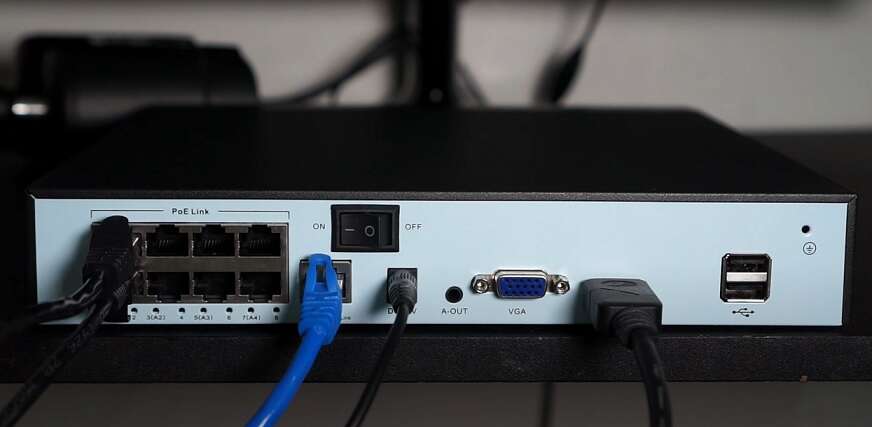
Password Complexity Matters
Simple passwords might be easier to remember, but they are also easier to crack. A combination of uppercase letters, lowercase letters, numbers, and symbols creates a formidable barrier against potential intruders. It’s vital to remember that every additional character in your password exponentially increases its complexity, making it tougher for cybercriminals to decode.
Regular Password Updates
Changing passwords is like changing the locks on your doors at regular intervals. While it might seem inconvenient, especially if you’ve grown accustomed to a particular password, this routine disruption makes it more challenging for unauthorized entities to gain access. By refreshing passwords every 60 to 90 days, you are effectively moving the goalposts for potential hackers.
Avoid Default Passwords
Manufacturers often set generic passwords on surveillance equipment to aid in the initial setup. However, these default passwords are public knowledge, shared in user manuals, and available online. Not changing them is akin to leaving your front door wide open. Always make it a priority to create a unique password upon the system’s initiation.
Two-Factor Authentication
While a password acts as a key to your system, two-factor authentication adds an additional security checkpoint. This could be a code sent to your phone or generated by an app, making unauthorized access doubly difficult. It’s like having a security guard in addition to a lock on your door.
Limit Password Sharing
In any organization, it’s tempting to share passwords for ease of operations. However, the more people who have the key to the vault, the higher the risk. Limit access to crucial surveillance systems to a select few, and always change passwords when someone with access leaves the organization or changes roles.
Utilize a Password Manager
In the quest for optimal security, the recommendation is often to have a unique password for every system or application. But, remembering these can be a challenge. This is where password managers come into play. These digital tools not only store all your passwords securely but also help generate strong ones when needed.
Audit and Monitor Access
Regular audits provide insights into who’s accessing your systems and when. Any anomalies, like access at odd hours or from unfamiliar locations, can be flagged for investigation. This proactive approach ensures that potential breaches are identified before they escalate.
Educate and Train Staff
Every system user is a potential security risk or an asset, depending on their awareness and training. Regular workshops or training sessions on the latest password best practices and security protocols can turn your staff into the first line of defense against potential breaches.
For a quick recap, here’s a handy table:
| Best Practice | Key Benefit |
|---|---|
| Complex Passwords | Deters brute force attacks effectively. |
| Frequent Password Changes | Continuously keeps potential hackers at bay. |
| No Default Passwords | Eliminates easily exploitable vulnerabilities. |
| Two-Factor Authentication | Adds an intricate layer of verification. |
| Restricted Password Distribution | Ensures internal integrity and trust. |
| Use of Password Managers | Streamlines management of robust, distinct passwords. |
| Regular Access Audits | Facilitates early detection of potential threats. |
| Staff Training | Enhances overall system security through informed users. |
Conclusively, as the relevance of surveillance systems intensifies, so should our diligence in ensuring their security. A robust password protection strategy is the cornerstone of this endeavor. With the combined efforts of technology and informed users, a secure surveillance environment can be maintained.

